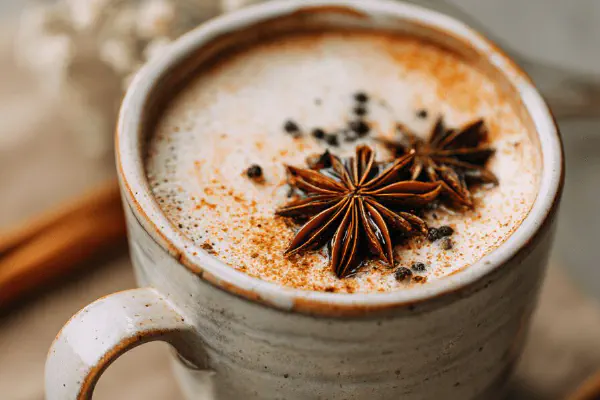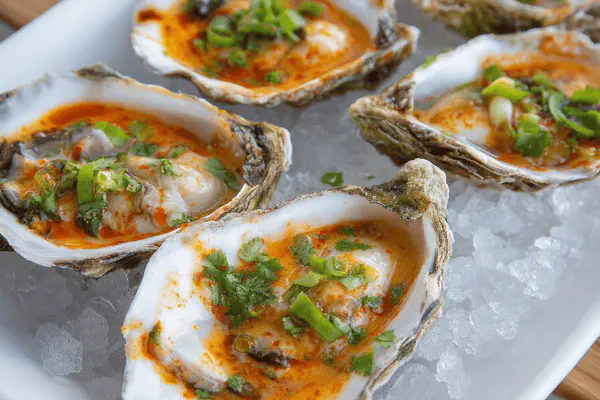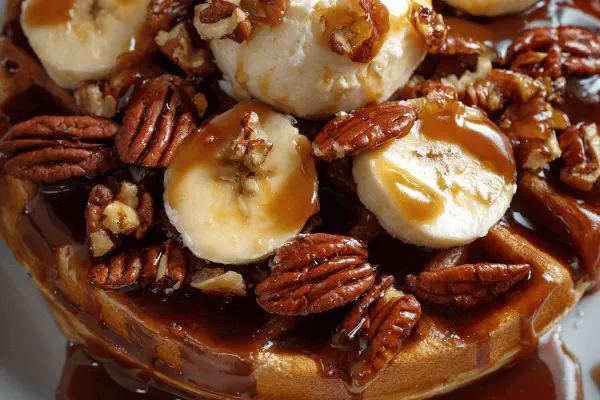Spiced Masala Chai Twist

By Emma
Certified Culinary Professional
Ingredients
- 10 black peppercorns, lightly cracked
- 6 green cardamom pods, crushed
- 1 star anise pod, broken in half
- 1 5cm cinnamon stick
- 1 slice fresh ginger, very thin, approximately 5g
- 500 ml (2 cups) water
- 400 ml (1 2/3 cups) coconut milk
- 30 ml (2 tablespoons) Assam tea leaves, strong
- 35 g (3 tablespoons) jaggery or brown sugar, adjust to taste
About the ingredients
Method
- Start with dry pan medium heat. Toss black pepper, cardamom, cinnamon, star anise. Heat till spices wake up - aroma thick, almost pungent but not burnt. Smell should sting nostrils without smoking. Maybe 3-4 minutes. Stir often or risk bitter bits.
- Add fresh ginger slivers then pour in water. Listen for water bubbling gently, settle into soft rolling boil not wild chaos. Reduce heat slightly once boiling to maintain gentle simmer.
- Leave spices and ginger to mingle in simmering water for about 15 minutes. The water turns darker, smells deep, spicy sweet, with faint wood and pepper notes. Don’t rush this, missed this step—tastes weak if too short.
- Pour in coconut milk slowly, stir gently, watching for cream rising along edges. Keep medium-low heat so it doesn’t scorch or bubble over, just soft simmer. Add Assam tea leaves immediately. You want that bold kick from Assam, stronger than Darjeeling for me.
- Add jaggery gradually. Taste early—it softens sharp spices and adds that earthy sweetness. Adjust if too bitter or too sweet (which happens).
- Let everything bubble softly for 7-8 minutes more. Watch for liquid thickening slightly and small bubbles gathering on surface edges. Thickened chai is richer, coats spoon better. Too long, it gets bitter.
- Final step: strain chai through fine mesh or clean cloth into teapot or serving cups. Press gently on solids to squeeze out flavor but avoid grit.
- Serve hot. The star anise adds a faint licorice background, coconut milk gives velvet creaminess. Pepper bites softly. If you want less punch, reduce peppercorns or steep spices less time.
- Common mistake: boiling milk too hard—skin forms, flavor alters. Keep heat steady, patient. Use jaggery or brown sugar if you want a slight molasses touch; regular white sugar works but is sharper.
- If coconut milk not on hand, full-fat oat milk or almond milk stands in, but taste and texture shift slightly.
- Spice substitutions: star anise for cloves gives softer sweet complexity, fresh ginger keeps warmth but swap with dried ginger powder if needed (1/4 teaspoon).
Cooking tips
Chef's notes
- 💡 Toast whole spices in dry pan medium heat. Watch carefully for aroma changes. Crack peppercorns unevenly. Too dark means bitterness, too light is flat. Stir often, catch color shift and smell sharp but not burnt. Timing varies, 3-4 minutes usual. After spice aroma peaks, add fresh ginger sliced thin. Adds bright heat, prevents burning ginger if added early. Keep burner steady, avoid smoky haze.
- 💡 Simmer water with toasted spices and ginger. Look for soft rolling bubbles not wild boil. Boiling too hard breaks spices, clouds tea, and risks overflow. Use aroma as guide—aroma thickens, smells pungent but not burnt, feels tense in nostrils. Simmer for at least 15 minutes, water darkens deep brown reddish tone. Rushing leads to weak flavors, too long turns bitter.
- 💡 Pour coconut milk slowly, stir gently, medium-low heat only. Watch cream rising at edges, lowers heat if it bubbles aggressively. Add Assam tea leaves now with milk; tannins need dairy to mellow rough edges. Stir gently to distribute. Adjust jaggery gradually, tasting often. Jaggery melts slower than white sugar, smooths spice bite, earthy sweetness. Over sweet makes chai cloying, under sweet can feel harsh. Taste test early and just before finishing simmer.
- 💡 Simmer chai after milk addition 7-8 minutes. Watch for slight thickening, bubbles gathering on edges. Too long and bitterness creeps. Thickened chai coats spoon better, richer mouthfeel. Use fine mesh strainer or cloth to strain, press solids lightly but avoid gritty sediment. Avoid over pressing; gritty texture spoils mouthfeel despite flavor. Serve immediately, reheating loses chai texture and flavor intensity. Gentle warming with splash milk or water possible but degrades original character.
- 💡 Substitutions come with trade-offs. Oat or almond milk in place coconut milk changes body and flavor—less creamy, coconut undertone lost. Jaggery can be replaced by brown sugar; jaggery carries molasses notes, better balance. Star anise replaces cloves for gentler licorice tone; if unavailable, use fennel seeds sparingly, 1 or 2. Fresh ginger best for brightness; dried powder can substitute but use 1/4 teaspoon only. Assam tea holds up to simmer longer than Darjeeling, which turns thin and bitter fast.
Common questions
Why toast spices first?
Toasting releases oils—aroma pops out. Watch closely, color shifts fast. Burnt means bitter chai. Toast on medium heat, stir or spices blacken easy. Toasting wakes up flavor layers missing from raw powders.
What if chai turns bitter?
Usually overboiled or too long simmer. Bitter notes come from burnt spices or Assam tea tannins overextracted. Lower heat, reduce simmer time next attempt. Add jaggery to help smooth bitterness but won't fix overcooked flavors.
Can I use ground spices instead of whole?
Yes, but use less—around half usual amount. Ground spices release quickly, can overpower easily. Freshness lost. Toasting ground is tricky—need low heat, watch for burning. Better short simmer and quick steep when using powder.
How to store leftover chai?
Chill in sealed container, use within 24 hours recommended. Reheat gently, add splash water or milk to loosen texture. Avoid microwave high heat, scald milk layer or break chai balance. Can freeze but expect texture change on thaw.



